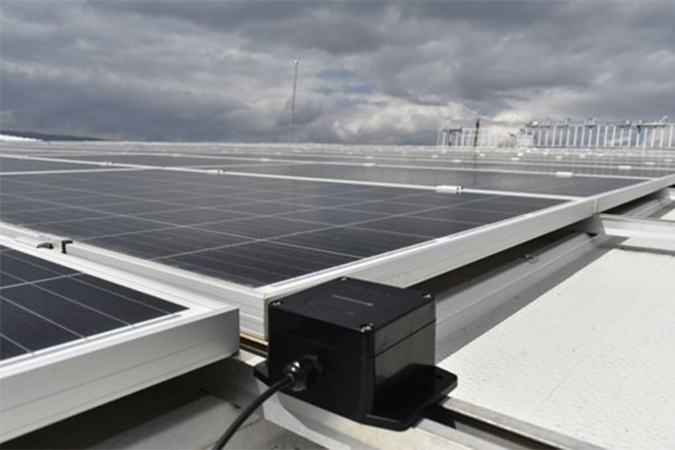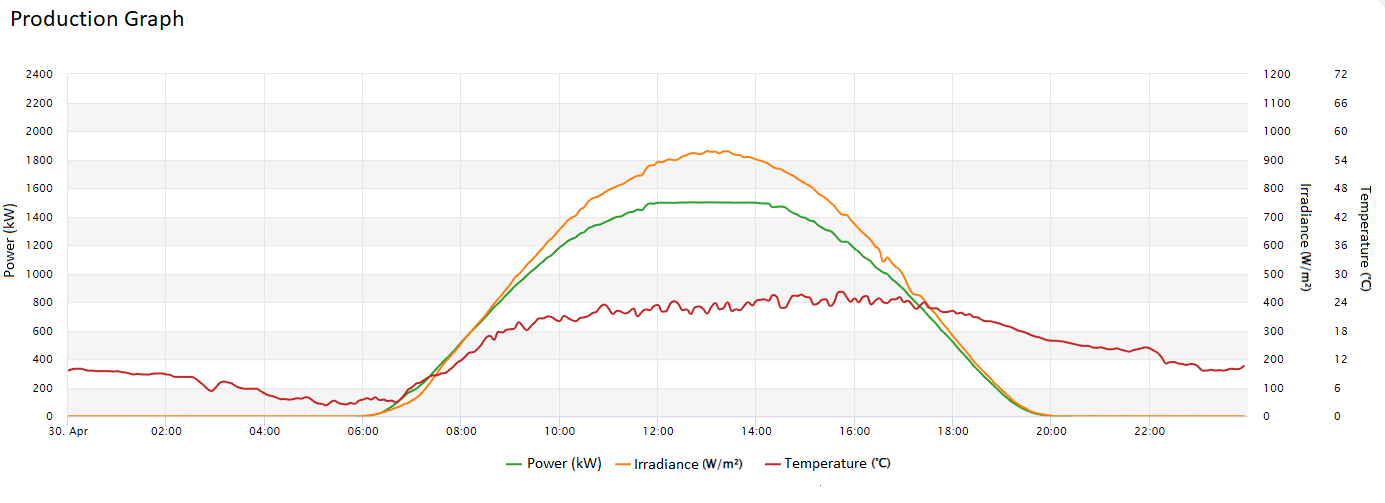Your cart is currently empty!
The Importance of Irradiance Sensors in Residential Solar Projects

Understanding the working principle of solar panels is essential to understand the importance of irradiance sensors in solar panel installations for residential projects. Solar panels work by converting sunlight into electricity, which is then used to power homes and businesses. This process happens through the photovoltaic effect, which is the process by which certain materials are able to produce an electric current when exposed to light.
What are Irradiance Sensors?
Irradiance sensors are devices used to measure the amount of incoming solar radiation on a given surface. In the context of PV panel installations, these sensors are placed on or near the solar panels to measure the intensity of sunlight hitting the panels. This data is then used to calculate the performance ratio of the PV Plant.

There are various types of irradiance sensors available on the market, including silicon cell pyranometers, and thermopile pyranometers. Most of the irradiance sensors in the market are too expensive for the budget of Residential Projects. Thus, SEVEN team developed the low-cost irradiance sensor to be used in such projects and all other small-scale projects.
What are the features of Low-Cost Irradiance Sensors?
Since accurate irradiance measurements are crucial in the successful monitoring of residential projects, SEVEN team has worked on developing a Low-Cost Irradiance Sensor with less than 5% uncertainty to be suitable for small-scale projects. SEVEN team worked on maintaining the main features of its standard Irradiance Sensor while developing this new Model. For example, the SunSpec compliance and Modbus RTU protocol are among the specifications of the Low-Cost Irradiance Sensor model as well.
The Low-Cost Irradiance Sensor is installed on the Plane of Array (POA) to measure the POA Irradiance value in Watt per Square meter (W/m2). The sensor box includes a mounting facilty and if any extra bracket is needed, SEVEN can provide it on the client’s request.
Why using Irradiance Sensors in Solar Residential Projects?
Irradiance sensors play a critical role in solar panel installations for residential projects. They are used to measure the amount of sunlight that hits a solar panel, which is then used to calculate the amount of energy that can be generated. This information is essential as it allows the homeowner to optimize their solar panel system, ensuring that it is generating as much energy as possible.
Irradiance sensors are typically installed on the solar panel itself, and they work by measuring the intensity of the sunlight that hits the panel. This information is then sent to a monitoring system, which can be accessed by the homeowner, allowing them to track the performance of their solar panel system.
Without irradiance sensors, it would be impossible to accurately measure the amount of energy that a solar panel system is generating. This could result in homeowners not being able to maximize the potential of their solar panel system, leading to decreased energy savings and increased costs.
In addition to optimizing the performance of a solar panel system, irradiance sensors can also help to identify any issues with the system. For example, if the sensors detect a drop in irradiance levels, it could indicate that there is an issue with the panel or the system itself, allowing the homeowner to take action before it becomes a bigger problem.
Overall, irradiance sensors are a critical component of solar panel installations for residential projects. They allow homeowners to optimize the performance of their solar panel system, maximize energy savings, and identify any potential issues before they become bigger problems.